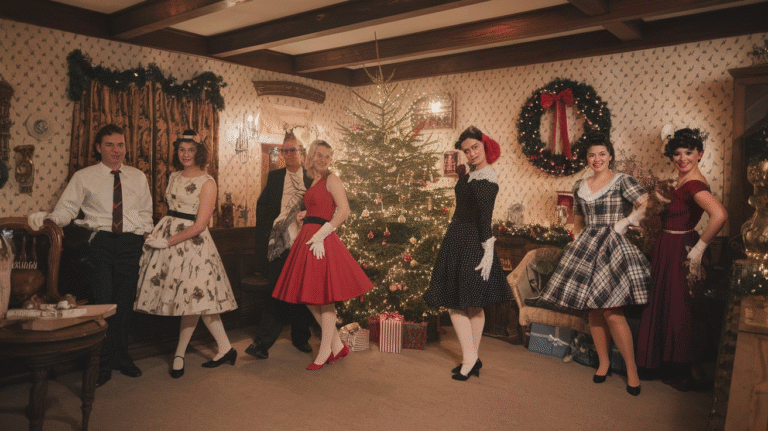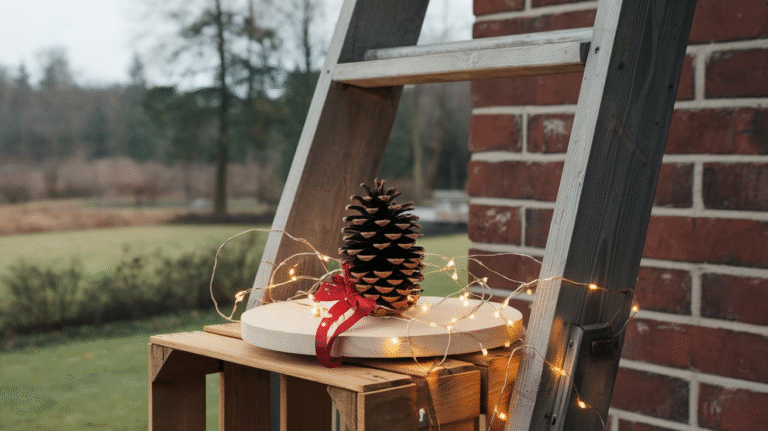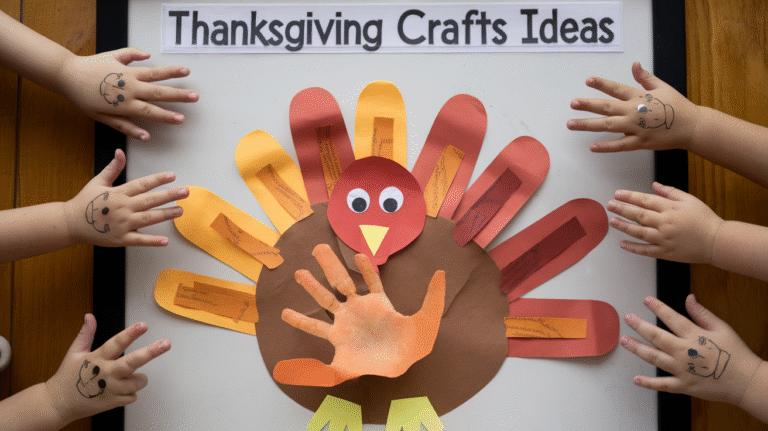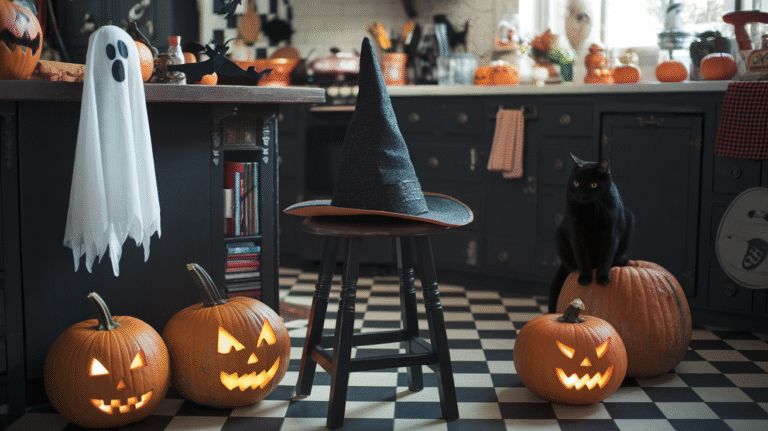20 Christmas Cards Handmade Ideas
The holiday season is the one time of year when even the most digital of us reach for pen, paper, and creativity.
Sending a handmade Christmas card is more than a seasonal gesture; it’s a warm hug delivered by mail.
When someone receives a handcrafted card, they don’t just see paper and ink—they see thought, effort, and care.
A recent survey by the Greeting Card Association revealed that over 60% of people prefer receiving handmade or personalized cards compared to store-bought ones.
1. Watercolor Christmas Trees
Watercolors are like holiday magic captured in liquid form. They flow, blend, and sometimes surprise you with their beauty.
Creating a watercolor Christmas tree card is a perfect beginner-friendly project. Start with thick watercolor paper as your base to avoid warping.
Grab two shades of green—dark pine and lighter emerald—and brush upward strokes in a triangular tree shape. Don’t stress about precision; loose strokes give the tree a whimsical feel.
2. Button Wreath Cards
We all have that jar of spare buttons—green, red, maybe even some sparkly ones. Instead of letting them collect dust, arrange them into a circular wreath on the front of a card.
Glue them down carefully, then tie a small red ribbon bow to place at the bottom of the wreath. It instantly screams cozy, homemade Christmas.
Why do button cards work so well? Because they’re tactile. People love running their fingers over the raised texture. A 2021 design psychology study showed that tactile elements in greeting cards increase emotional engagement.
3. Embroidered Snowflakes
If you enjoy a bit of sewing, this idea will steal your heart. Punch small holes into cardstock in the shape of a snowflake, then stitch through with white or silver embroidery floss. The result is a delicate embroidered design that looks intricate yet clean.
Admittedly, this takes more time than gluing or painting. But every stitch is like sewing care directly into the card. The finished look is so professional that people often think it’s store-bought until they notice the slightly uneven hand stitches. That imperfection is exactly what makes it special.
Extra tip: Back your card with another piece of paper to hide the stitches inside. It keeps the presentation neat and makes writing your message easier.
4. Minimalist Kraft Paper Cards
Minimalism has its charm, especially in a season known for excess. Start with kraft paper cardstock, grab a white gel pen, and sketch simple designs—like a Christmas tree outline, a snowy landscape, or even just the words “Merry Christmas” in handwritten script.
To keep it stylish, stick to one or two colors. A single red star or a small gold sticker can elevate the entire card. These cards give off a rustic, Scandinavian vibe, which has grown in popularity.
According to Pinterest’s 2023 holiday trends, “Scandi-inspired Christmas” searches rose by 45%. People love the calming, minimalist approach.
These cards are also fast to produce if you’re making dozens. Think of them as the espresso shot of holiday cards—small but strong.
5. Photo Collage Cards
Personalized photo cards never go out of style, but you can make yours more artistic by turning them into collages. Print wallet-sized photos of your family, pets, or favorite holiday memories. Cut them into shapes—like stars, ornaments, or trees—and arrange them on the card front.
The personal touch is undeniable. In fact, Hallmark found that photo cards are kept 30% longer than non-photo cards because they double as keepsakes. My tip? Use matte prints instead of glossy for a softer look that feels more cohesive with the cardstock.
I once made a tree entirely out of photo cutouts, with each picture representing a moment from the year. My friends still talk about it years later.
6. Fabric Scrap Cards
If you sew or quilt, you know the pile of leftover scraps can grow faster than a snowdrift. Instead of tossing them, cut pieces into shapes: triangles for trees, squares for gifts, circles for ornaments. Glue them down and outline them with black marker for definition.
Fabric adds warmth that paper alone can’t. It’s like giving your card a tiny holiday sweater. A study on multisensory design showed that textures significantly increase how memorable an object is. That means your card is more likely to be cherished.
Bonus idea: use plaid fabric—it instantly evokes holiday nostalgia.
7. Glitter-Dipped Trees
Glitter: loved by kids, feared by adults. But when used with restraint, it can be spectacular. Sketch a tree shape, cover the bottom half with glue, and dip into green glitter. The gradient effect makes it look chic rather than chaotic.
To minimize mess, spray with a clear sealer afterward. A colleague once told me her kids still talk about the glitter-dipped card I gave her five years ago—it became a seasonal decoration. That’s the power of sparkle done right.
8. Origami Christmas Cards
Origami isn’t just a craft; it’s a little performance of folding and unveiling. Fold small paper trees, stars, or cranes, and glue them to your card for a 3D effect. These cards feel interactive because people often try to “unfold” the origami out of curiosity.
There’s also cultural charm. Origami carries a sense of elegance and tradition, and incorporating it into cards shows thoughtfulness. You can even use festive wrapping paper instead of plain origami paper for a more seasonal touch.
Origami cards take more time, but they double as keepsakes. I’ve seen recipients detach the origami and hang it on their Christmas trees.
9. Nature-Inspired Cards
Nothing beats the authenticity of using natural materials. Collect small twigs, pine needles, or pressed leaves. Arrange them into simple shapes like stars, trees, or wreaths. Glue them securely, and you’ve instantly added rustic charm.
There’s a growing eco-conscious movement around holidays. In 2022, 58% of U.S. consumers said they prefer sustainable holiday products. Using natural materials not only looks beautiful but also aligns with this trend. Just be sure the elements are dried properly so they don’t deteriorate.
I once glued a slice of dried orange to a card, and the faint citrus scent made the card unforgettable. Scent, after all, is the sense most closely linked to memory.
10. Pop-Up Surprise Cards
Remember the childhood joy of pop-up books? You can recreate that wonder with pop-up Christmas cards. With a few clever cuts and folds, a tree, snowman, or gift box springs to life when the card is opened.
These take time and patience, but the payoff is priceless. People often gasp or smile instantly when they open a pop-up card. It’s like sneaking a little holiday theater into an envelope.
One year, I made pop-up cards shaped like fireplaces with stockings. The reactions were so enthusiastic that I felt like Santa himself delivering joy.
11. Hand-Lettered Typography Cards
Words can be art. If you enjoy doodling, try your hand at hand-lettered holiday phrases. Write “Joy,” “Peace,” or “Let it Snow” in sweeping strokes across the card. Surround the letters with small doodles of holly, stars, or snowflakes.
Even if your handwriting isn’t perfect, it works. The imperfections show it’s handmade. In fact, research in consumer psychology suggests that people perceive imperfect handwriting as more authentic and heartfelt.
For extra flair, use brush pens or metallic markers. A gold “Merry Christmas” against dark green cardstock is simple yet stunning.
12. Fingerprint Reindeer Cards
This one’s perfect for kids—or kids at heart. Dip your fingertip in brown paint, stamp it onto the card, and then draw antlers, eyes, and a red nose to make a reindeer. Add multiple fingerprints for a group of reindeer pulling Santa’s sleigh.
What makes these cards charming is the personal touch—literally. Each fingerprint is unique, making each card one-of-a-kind. They’re also quick to make in batches, ideal if you’re short on time.
A neighbor once told me she kept the fingerprint reindeer card her son made her for over a decade. That’s the kind of sentimental power these cards hold.
13. Collage-Style Vintage Cards
Raid old magazines, sheet music, or even past holiday wrapping paper. Cut out shapes and layer them onto your card for a collage effect. Add lace, ribbon, or washi tape for texture.
The vibe is nostalgic, like flipping through a box of old holiday postcards. Vintage is trendy—Etsy reported a 30% increase in searches for “vintage Christmas decor” in 2022. Collage cards tap into that same longing for simpler times.
I once used pieces of my grandmother’s handwritten recipes as part of a collage card. It turned into both a card and a family heirloom.
14. Chalkboard Effect Cards
Black cardstock + white gel pen = instant chalkboard look. Draw snowflakes, ornaments, or festive lettering. For added flair, sprinkle in touches of metallic colors like gold or red.
This style feels modern yet cozy. It’s reminiscent of rustic cafés during winter, where menus are scribbled on chalkboards. The contrast of white on black is always striking.
Quick tip: Rub chalk dust lightly on the paper edges for an authentic “chalky” effect.
15. Beaded Ornaments Cards
Glue small beads into the shape of ornaments, stars, or even tiny snowflakes. Then, draw thin lines with a metallic pen to make them look like they’re hanging from the card top.
Beads reflect light beautifully, giving the card a sparkling jewel effect. These cards may require padded envelopes for mailing, but they’re worth it for the wow factor.
People often mistake these for store-bought luxury cards, and that reaction feels like winning first prize in the Christmas craft Olympics.
16. Quilled Paper Snowflakes
Quilling involves rolling and shaping thin strips of paper into coils, then arranging them into patterns. With patience, you can create intricate snowflake designs.
Quilled cards look like mini sculptures and instantly become conversation starters. Yes, it’s time-intensive, but recipients often keep these cards long after the holidays. They’re more art piece than card.
Statistics show that handcrafted quilled items sell 2–3 times more than flat paper crafts on platforms like Etsy, proving their perceived value.
17. Stamped Cards with Potatoes
It sounds quirky, but potato stamping is a clever, budget-friendly way to mass-produce handmade cards. Cut a potato in half, carve a star, tree, or ornament shape, dip it in paint, and stamp away.
The slightly uneven shapes add rustic charm. These are especially fun to make with kids. One year, I hosted a stamping night, and we cranked out 40 cards in just a couple of hours.
The handmade imperfections actually work in your favor—they make the cards feel approachable and heartfelt.
18. Lace Cut-Out Cards
Using a craft knife, cut intricate designs—snowflakes, trees, or ornaments—into cardstock. Back it with contrasting paper for a lace effect.
These cards look delicate and refined, almost like paper lacework. They require patience and precision but are guaranteed to impress. Imagine someone holding a card so intricate they hesitate to recycle it—that’s your masterpiece.
For safety, always use a cutting mat and sharp knife to keep lines clean.
19. Felt Ornament Cards
Felt adds cozy texture that paper can’t replicate. Cut out simple shapes—stockings, stars, or trees—and glue them onto the card. Attach lightly with removable adhesive if you want recipients to use them as ornaments.
This idea doubles the joy: a card and a tree decoration. It’s like sneaking a bonus gift inside the envelope. I once sent felt ornament cards to friends with kids, and they still use the ornaments years later.
20. Puzzle Piece Snowmen
Old puzzles with missing pieces finally find redemption here. Paint three pieces white, arrange them vertically, and glue them onto cardstock to form a snowman. Add a scarf from ribbon and a tiny hat from paper scraps.
It’s quirky, eco-friendly, and guaranteed to get a chuckle. Repurposing materials this way also resonates with the growing upcycling trend, where people value creative reuse.
A friend once told me my puzzle piece snowman was the most original card she had ever seen. It ended up as her fridge decoration for the whole season.
Conclusion On 20 Christmas Cards Handmade Ideas
Handmade Christmas cards are more than paper crafts—they’re expressions of love, creativity, and thoughtfulness. Whether you paint whimsical watercolors, stitch snowflakes, or turn puzzle pieces into snowmen, each idea carries your personal stamp.
The statistics make it clear: handmade and personalized cards are valued far more than store-bought ones. They’re not just seasonal greetings; they’re keepsakes, often saved, displayed, or even framed.
When you craft these cards, you’re doing more than creating art—you’re building connections. You’re telling someone, “I thought of you, and I took the time to make this just for you.” That message shines brighter than any store-bought glitter.





